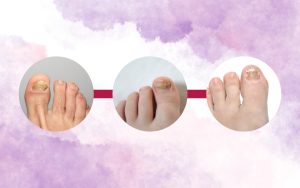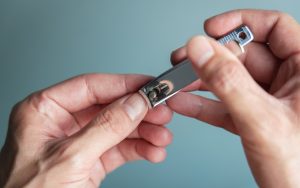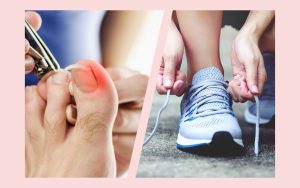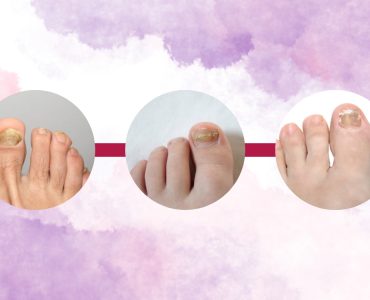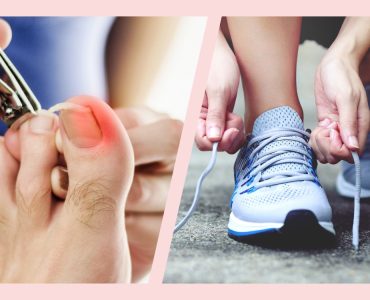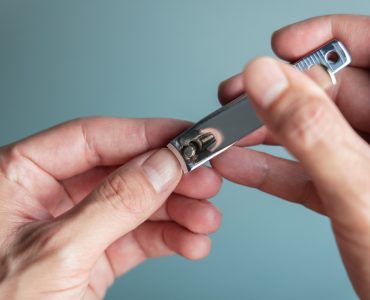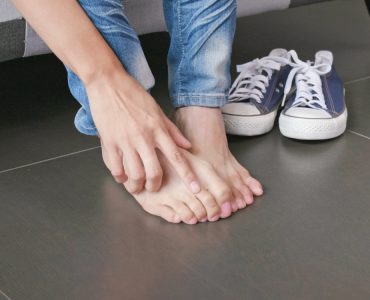Ingrown nails and paronychia are two common conditions that can affect the fingers and toes, often causing similar symptoms. However, they differ in their causes, symptoms, and treatment approaches.
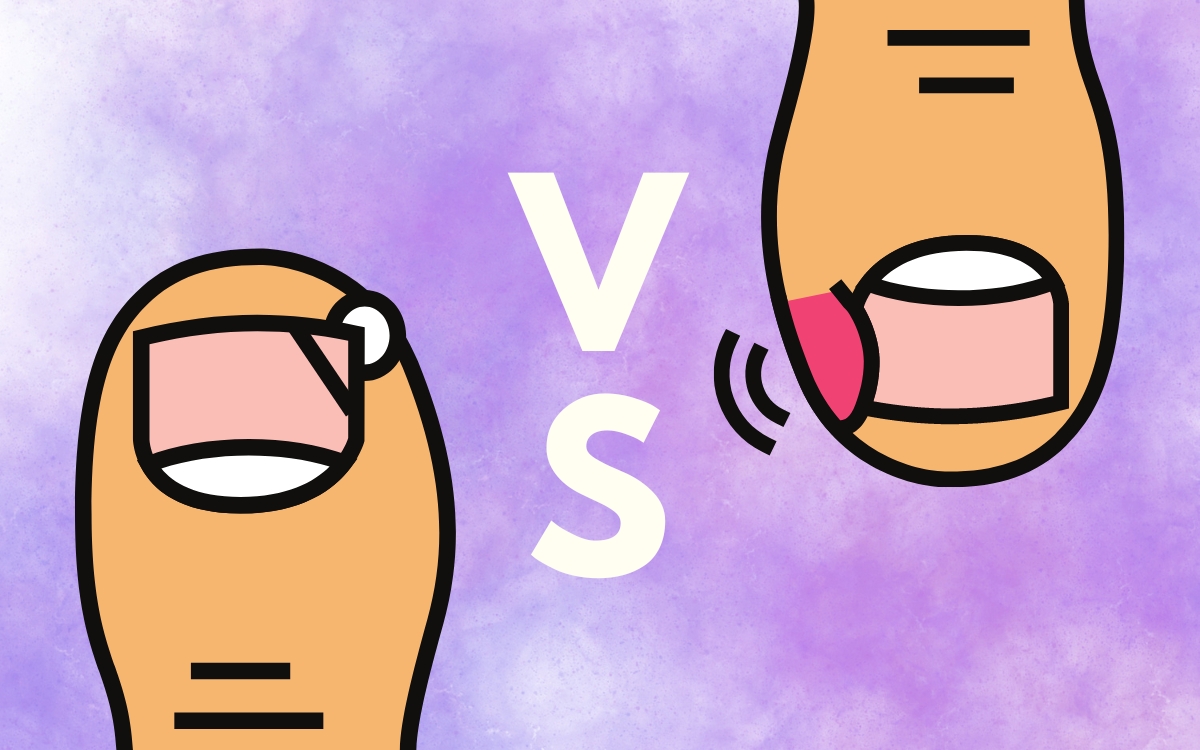
Understanding the distinctions between these conditions is crucial for accurate diagnosis and effective management. In this article, we will explore the symptoms, causes, and treatments for ingrown nails and paronychia, helping you identify the problem and seek appropriate care.
Distinguishing Symptoms Between Ingrown Nails and Paronychia
Distinguishing between ingrown nails and paronychia can be challenging as they share some similar symptoms. However, several key differences can help in identifying and differentiating these two conditions. Understanding these distinctions is crucial for accurate diagnosis and effective treatment.
Location and Presentation
One of the primary differences between ingrown nails and paronychia lies in their location. Ingrown nails specifically affect the edges or corners of the nails, where the nail growth curves into the surrounding skin. Paronychia, on the other hand, primarily affects the skin around the nails, causing inflammation and infection in the nail folds.
Ingrown nails typically present with symptoms at the site of nail growth, such as pain, tenderness, and redness along the nail edges. In contrast, paronychia manifests as redness, swelling, and tenderness in the skin surrounding the nail, often accompanied by pus or discharge.
Visual Cues and Examination Techniques
Visual examination can provide valuable clues to differentiate between ingrown nails and paronychia. In the case of ingrown nails, the affected area may exhibit signs of a nail spike or a corner digging into the skin, causing discomfort and inflammation. The skin may appear irritated or inflamed, and there might be visible signs of the nail penetrating the surrounding tissue.
Paronychia, on the other hand, typically presents as redness and swelling in the nail folds, along with tenderness and possible presence of pus or discharge. Careful inspection of the affected area can help identify the characteristic signs of paronychia, such as the involvement of the surrounding skin rather than the nail itself.
Professional Diagnosis
While visual cues and examination techniques can provide insights, professional diagnosis by a healthcare provider is essential for accurate differentiation between ingrown nails and paronychia. A medical professional will evaluate the symptoms, perform a thorough examination, and may even order tests, such as a bacterial or fungal culture, to confirm the diagnosis.
It’s important to consult a healthcare professional if you are experiencing persistent or worsening symptoms, if the pain is severe, or if there are signs of infection. They will provide the necessary expertise to accurately diagnose the condition and recommend the most appropriate treatment approach.
Differences in Treatments for Ingrown Nails and Paronychia
When it comes to treating ingrown nails and paronychia, the approaches differ due to the distinct causes and nature of each condition. Understanding the available treatment options can help individuals make informed decisions and seek appropriate care.
Treating Ingrown Nails
Conservative Treatments and Self-Care Options
Warm Water Soaks and Gentle Nail Trimming
Soaking the affected foot or hand in warm water for about 15-20 minutes, a few times a day, can help reduce inflammation and provide relief. This can be followed by gently trimming the nails straight across. It is important to avoid cutting the nails too short or rounding the corners, as this can encourage further ingrowth.
Application of Topical Antibiotics or Antiseptics
Over-the-counter topical creams or ointments containing antibiotic or antiseptic ingredients can help prevent infection and promote healing. Applying these to the affected area after soaking and drying the foot or hand can aid in reducing the risk of bacterial growth.
Use of Over-the-Counter Pain Relievers
Non-prescription pain relievers such as acetaminophen or ibuprofen can help alleviate pain and reduce inflammation associated with ingrown nails.
Professional Treatments for Severe or Recurring Cases
Partial or Total Nail Avulsion
In cases where conservative treatments fail or when the ingrown nail is severe or recurring, a healthcare professional may recommend removing a portion or the entire affected nail. This procedure can be performed under local anesthesia and involves trimming or removing the problematic part of the nail to allow for proper healing.
Chemical or Laser Treatments
In some instances, chemical cauterization or laser treatments may be used to destroy the cells responsible for nail growth, preventing ingrowth. These treatments are typically reserved for severe or persistent cases and should be performed by a trained professional.
Prevention Strategies for Ingrown Nails
Proper Nail Care
To minimize the risk of ingrown nails, it is important to maintain proper nail care. This includes trimming the nails straight across, avoiding cutting them too short or rounding the corners. Regularly clean and moisturize the nails and surrounding skin to keep them healthy.
Wear Comfortable Shoes
Wearing shoes that provide adequate space for toes and avoid excessive pressure on the nails can help prevent ingrown nails. Tight-fitting or narrow shoes should be avoided, especially for individuals prone to developing ingrown nails.
Avoid Nail Trauma
Protecting the nails from trauma or injury is crucial in preventing ingrown nails. This includes wearing appropriate footwear during physical activities to reduce the risk of repetitive pressure or trauma to the toes. Additionally, avoiding nail biting or picking can help prevent nail damage and subsequent ingrowth.
Managing Paronychia
At-Home Remedies and Self-Care Tips
Warm Water Soaks and Gentle Cleaning
Soaking the affected finger or toe in warm water with the addition of mild antiseptic solutions, such as diluted vinegar or saltwater, can help reduce inflammation and cleanse the area. This can be done for about 15 minutes, several times a day. Gently clean the affected area with mild soap and water, ensuring it remains dry between soaks.
Application of Topical Antifungal or Antibiotic Creams
Over-the-counter antifungal or antibiotic creams can be applied to the affected area as directed to combat infection and promote healing. These creams typically contain active ingredients like clotrimazole or miconazole for fungal paronychia, or neomycin or bacitracin for bacterial paronychia.
Use of Over-the-Counter Pain Relievers
Non-prescription pain relievers, such as acetaminophen or ibuprofen, can help alleviate discomfort associated with paronychia. Following the recommended dosage instructions can provide temporary relief.
Medical Interventions for Paronychia
Incision and Drainage of Abscesses
In cases where paronychia leads to the formation of an abscess or collection of pus, a healthcare professional may perform an incision and drainage procedure. This involves making a small incision to release the accumulated pus and promote healing.
Prescription Oral Medications
For severe or persistent cases of paronychia, oral antibiotics or antifungal medications may be prescribed. These medications can effectively target the underlying infection and promote resolution. It is important to follow the prescribed dosage and duration as directed by the healthcare professional.
Removal of the Affected Nail Fold
In chronic or recurring paronychia, a healthcare professional may recommend removing a portion or all of the affected nail fold. This procedure, known as a partial or complete excision of the nail fold, aims to prevent further infection and allow for proper healing.
Preventive Measures for Paronychia
Maintain Good Hand Hygiene
Regularly wash hands with soap and water, ensuring thorough cleaning of the nails and surrounding areas. Dry hands well, especially after coming into contact with water, to prevent excess moisture that can contribute to the development of paronychia.
Protect the Nails
Wear gloves when engaging in activities that may expose the hands to water, chemicals, or irritants. This can help prevent excessive moisture and minimize the risk of paronychia. It is also important to avoid nail biting or picking, as these habits can damage the nail and surrounding skin, making them more susceptible to infection.
Conclusion
Differentiating between ingrown nails and paronychia is essential for proper diagnosis and treatment. While both conditions can cause discomfort and pain in the nails and surrounding skin, they have distinct causes and symptoms.
Ingrown nails occur when the nail grows into the surrounding skin, leading to inflammation and pain. Paronychia, on the other hand, is an infection of the skin around the nail. By recognizing the differences, you can seek timely medical attention and receive the appropriate treatment.


